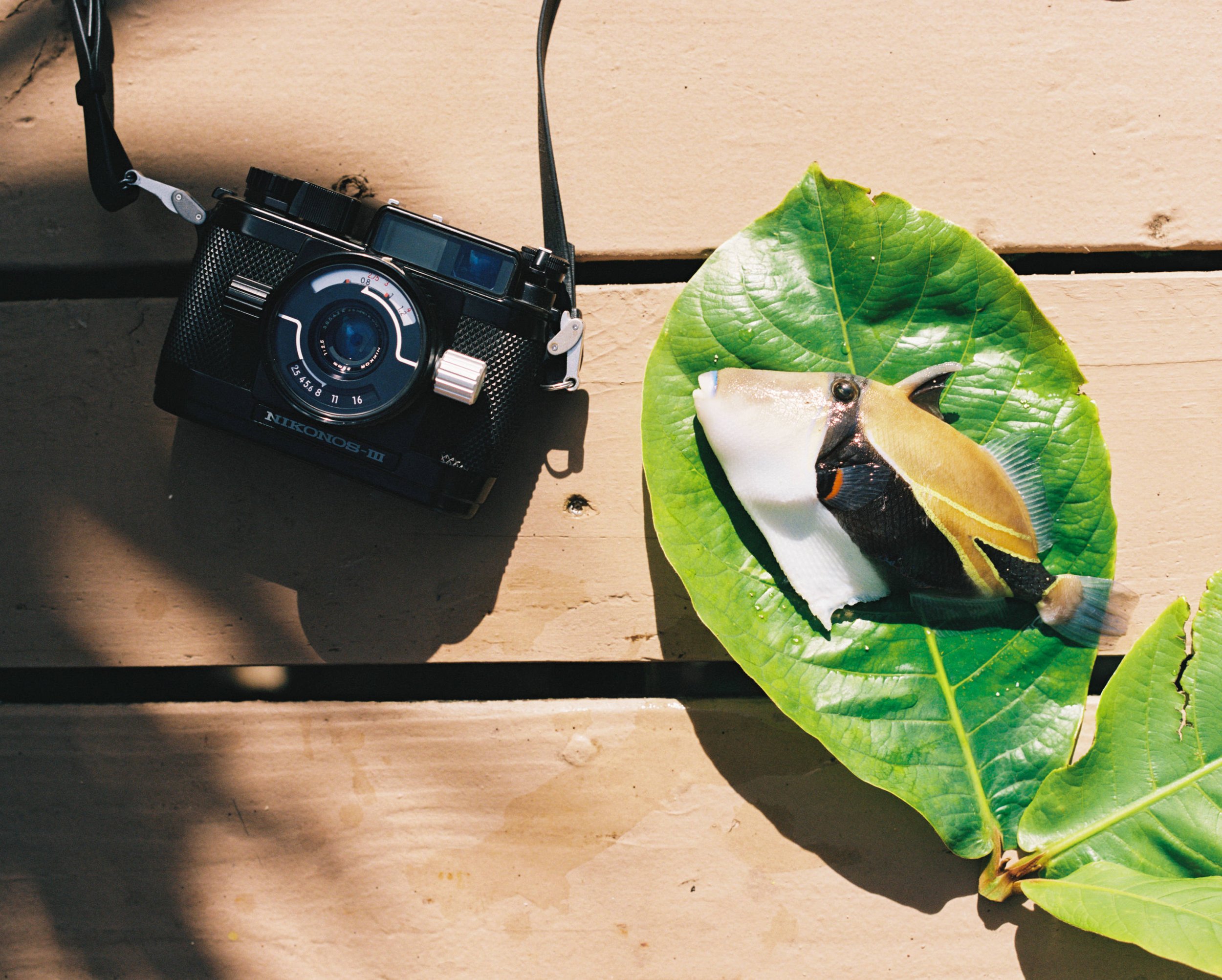WELCOME!
So you’re interested in shooting on film? YES! I highly recommend it to every photographer I speak to you for a few reasons.
Working as a professional photographer, we all experience burnout. Most of us continue to have the passion to shoot photos, but the editing process can leave us drowning. Film is the perfect way around that.
Film is a lot more forgiving than digital in multiple ways. It holds highlights a lot better, allowing you to shoot wide open, blur out the background but continue to keep some depth in your highlights.
The unexpected results are usually super fun and rewarding. The missed focused shots you’d typically throw away digitally, become some of my favorites. There’s a bit more of an artistic feel to film that gives you more flexibility than the expected perfection of digitals.
Timeless. Editing styles come and go, the desaturated greens, the brown tonal photos, selective coloring, sepia, you name it. They all had their moments. The beauty of film is it has a timeless look than outlasts trends.
There is nothing more fun than taking a photo and not knowing how it’s going to turn out. The forced waiting period to get your film back is to me, the best part of shooting. It gives the photographer the same feeling the client has. A bit of unexpected unknown and a ton of reward in the results.
Okay, hopefully that’s helped sell you a bit more on shooting film. Now let’s get in to the basics.
Left to right: Polaroid SX-70, Yashica-D TLR - 120, Canon EOS3 (allows you to use your DSLR Canon EF lenses), Canon AE-1 (very common and awesome manual 35mm camera), bottom is my pride & joy Contax 645 - 120 camera.
STEP 1: FIND A CAMERA
Now your first instinct might to be to go buy something. Cool. But I’d recommend asking your parents, grandparents or friends to see if they have a film camera you can use. Chances are they do, and chances are it still works. This will help save you a bit of money and let you see if you like shooting on film. If you’re dead set on buying a camera, I’d suggest KEH, Craigslist, Ebay, or Etsy. Check reviews. See if they offer returns if it doesn’t work. Typically those old cameras have a long life and they work. That’s me being optimistic. Unfortunately there’s not really a way to test them prior to buying them. If you do get to hold it at least, check the normal wear and tear. Check the shutter by firing off a few 1/1000 and 1 second shutters to see if it’s working properly.
Top: 35mm black & white negative. The negative is the same size as a full-frame digital sensor.
Bottom: 120 color negative. This is a 6x6cm film negative. The negative as you can see is much larger making for a much more premium scan. This is also known as medium format film. Typically professionals shoot on medium format to allow for less grain and a larger negative for larger scans.
STEP 2: BUY THE RIGHT FILM
Ok now you’ve got a camera. You’re going to need to get film for it. Chances are it takes 35mm film or if you got your hands on a medium format camera, it takes 120. Not sure? Google it. Once you know the size of film, order some. I buy mine on B&H. From what I’ve seen there’s kinda two camps: Fuji film lovers and Kodak Portra. I tend to like Kodak a bit more for it’s greens and skin tones. The Fuji400h is super versatile though and lends itself well to being overexposed. If you’ve looked at some fine art film photography, chances are it’s shot on Fuji400h. If you are unsure, get both or google the differences and see which you like more. Now that you know the size of film (typically 35mm or 120), you’ve chosen your film stock (Fuji or Kodak Portra) you’ll need to choose your ISO. This is the weird part about film vs. digital. You need to choose your ISO with your film and shoot the entire roll using that ISO. You don’t choose the ISO on camera like a DSLR. 400 is the safe bet but if you’re shooting full sun, consider 160 or indoors 400 pushed (we’ll get to that), Portra 800, or for black and white Ilford Delta 3200 has a cool look. Buy a couple rolls when you do make your purchase.
Loading my Canon AE-1 with 35mm film.
STEP 3: LOAD YOUR CAMERA
Ohhh the beauty of Youtube. I had to watch a video on how to load my Yashica-D properly. Chances are someone has made a video on loading your camera, or one that is similar to it. Search it, load it, and get ready to shoot.
Kelly Slater’s Surf Ranch - Kodak Tri-X film - shot on my Canon AE-1 with a 100-200mm lens .
STEP 4: RATING YOUR FILM
Okay, this is kinda a 202 topic, but I feel like we’re in a good spot so let’s just go for it. Just because your film you loaded says 400 ISO doesn’t mean that’s what you need to “rate” it. That’s called box speed, meaning 400 is on the box. Most film photographers like to overexpose their film a tad because film does a lot better overexposed vs underexposed (weird I know, the opposite of digital). So most photographers would “rate” their film at 200 or even 100 ISO. Meaning when they’re using a light meter to determine the settings you’re saying the ISO is 100 or 200 even though the film says 400. This blog does a much better job at explaining all of this https://thefindlab.com/2017/12/21/rating-color-film/. Give it a look.
STEP 5: SHOOTING
Okay, you’ve got your camera, you’ve got the film loaded, you’ve chosen your ISO, now it’s time to shoot. I’d recommend shooting the roll in a bunch of different lighting situations to see how it reacts to different environments. One great way to make sure you get close to the right settings is to bring your DSLR along. Light meter a shot (you can use a free app on your iPhone or invest in a real one). A light meter will tell you the settings based on the ISO you’ve chosen. If you have your DSLR with you, you can light meter, then put those settings on your digital camera, and see how it looks, then shoot it with film. This is full on training wheels but I think a great step to not totally blow your first roll.
Mastin Labs Portra 400 digital edit on the left vs. Portra 400 shot on 35mm film with my Canon EOS 3 and 50mm 1.2L lens. This right here is the beauty of film. The image on the left took a couple minutes to edit, the image on the right is straight from the lab. Notice the highlights in her dress and on his shirt, saved on film, disappearing on digital. Also notice the better depth in colors on her bouquet and perfect skin tones.
STEP 6: DEVELOPING YOUR FILM
You did it! You’ve shot your first roll. Once again, unless your camera auto-rewinds the film, I’d suggest googling how to wind your film so you don’t expose it. You’ll need to find a lab, I use Goodman Film Lab in Irvine. If you don’t have a good one nearby, you may need to mail your film to the lab. If you’re going to mail it off, I suggest Indie Film Lab. A lot of awesome photographers I follow use them. A good lab is crucial as half of the process is developing the negatives, scanning and color correcting the film. The better the lab, the less work you’ll need to do when you get it back. When you’re getting your film developed, I’d suggest starting with normal processing and basic scans. Meaning they just develop your film normal and they scan your film without any corrections. They will then send you jpegs of the scanned negatives. With a good lab, you’ll LOVE the results immediately. You may want to adjust the tint, temp, exposure, and contrast a tad and fix the crop, but for the most part it should be looking amazing straight from the lab.
Kodak Portra 400+1 (meaning pushed 1 stop, rated at ISO 800). Slight adjustments to contrast made in post. Shot on my Contax 645 medium format camera with an 80mm Zeiss T* lens.
NEXT STEPS: SHOOT MORE
So you got your film back. You’re hooked. Awesome. Now you can start playing with some more types of film, try some black and whites (Kodak Tri-X, Ilford Hp5, Ilford Delta 3200). If you’re like me and prefer a bit more contrast to your photos you can also try pushing your film. I’m not going to even try and explain that process, but it’s actually pretty simple. Again you’re choosing what to rate your film and then telling your lab to push it +1 or +2 stops. I shoot Portra Pushed for my film. Meaning I shoot Kodak Portra and push it 1 stop (+1). Check out this way better explanation here: https://www.mastinlabs.com/photoism/articles/how-to-shoot-pushed-film.
If that helped, I’d love to hear. My purpose for writing these are to help give back to our photography community. I don’t make money off these articles so I get paid in kind words. I’d love to hear your experiences, answer your questions and see your results. Leave a comment below or slide into my DMs.
I also offer mentor sessions for shooting with film. You can use my cameras, or I can help show you how to shoot yours. I will walk you through the process of loading film, shooting, and help you get your film developed. It’s a one and a half hour film mentor session for $500. We could shoot landscapes, I could book a couple, or we can just sit and chat, it’s up to you. Contact me for more information.
Shot on Portra 400 film. No edits back from the lab. Using my Canon EOS3 with a 50mm 1.2L. If you have a lot of nice Canon EF lenses I’d recommend looking at the Canon 1N, EOS3 or 1V, which all allow you to use your Canon glass.




















A visual breakdown of lighting & composition to help you take better photos.